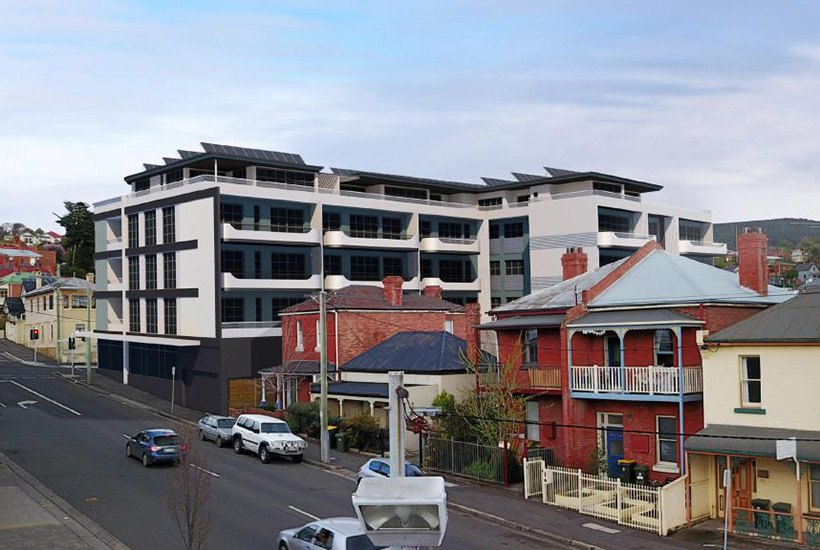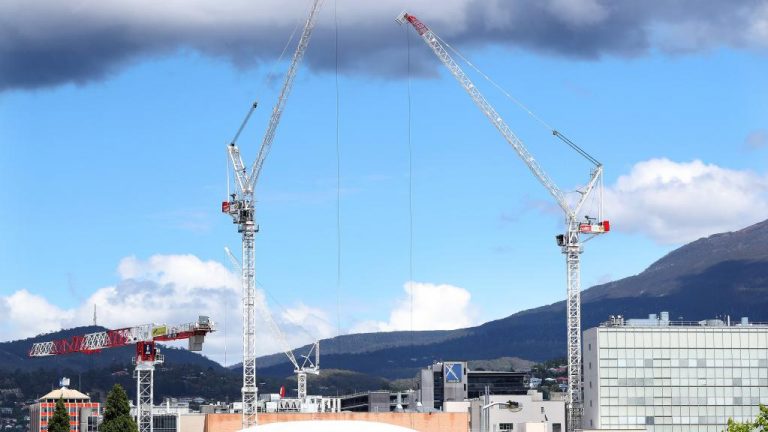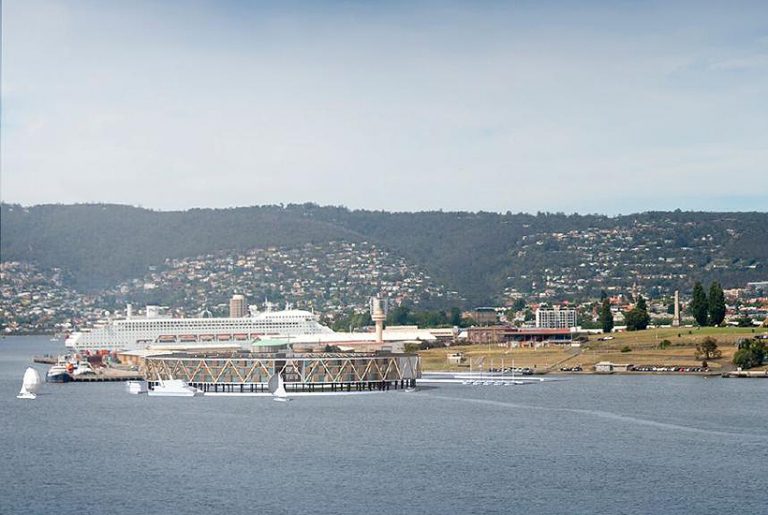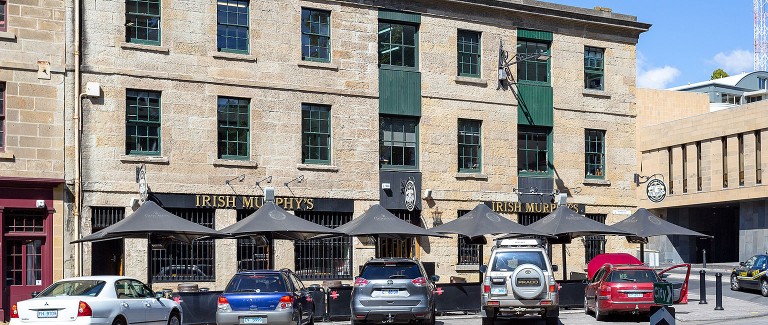Hobart developments could create ‘slums’: architect

A mixed retail and residential complex proposed for Harrington St in Hobart would set a dangerous precedent for the city, a former Hobart City Council architect says.
The proposal for a 19.6m building comprising 36 residential apartments, ground-floor retail businesses and 61 car-parking spaces, has angered nearby homeowners.
And former council development control planning officer and assistant architect Robert Vincent, who worked on the Sullivans Cove redevelopment, says the project exceeds provisions in the planning scheme at the expense of the performance criteria.
“It’s ignoring other criteria about the transition between particular buildings by not taking adjoining buildings into account,” he says.
Commercial Insights: Subscribe to receive the latest news and updates
“Neighbours and their amenity seem to be expendable in this brave new world.
“The fight for the form, style and character of Hobart is at a very critical point.”
The proposed 19.6m building is above the 15m height recommendations under the Hobart interim planning scheme but the applicant — listed as 6ty — has cited nearby structures including the RACT building in Murray (17m) and St Mary’s Cathedral (19m) as examples of similar size buildings in the area.
The development was meant to be voted on at tonight’s council meeting. But the Mercury understands the proposal has been modified and will go before council at a later date.
Vincent says new developers are not taking into account that someone else could build on the adjoining property and block out all the balconies of its proposal.
“The developers are squeezing everything out of a site, but are they actually producing a potential future slum?” he says.
“We are at a crossroads in Hobart due to the rate of development,” he says.
Vincent says even workers’ cottages are now considered to be sought-after properties, especially for the Airbnb market.
“What were once tenements and even defined as slums in 1945, are now highly sought-after inner-city properties,” he says.
This article from The Mercury first appeared as “Hobart development: Slum fears over Harrington Street proposal”.







